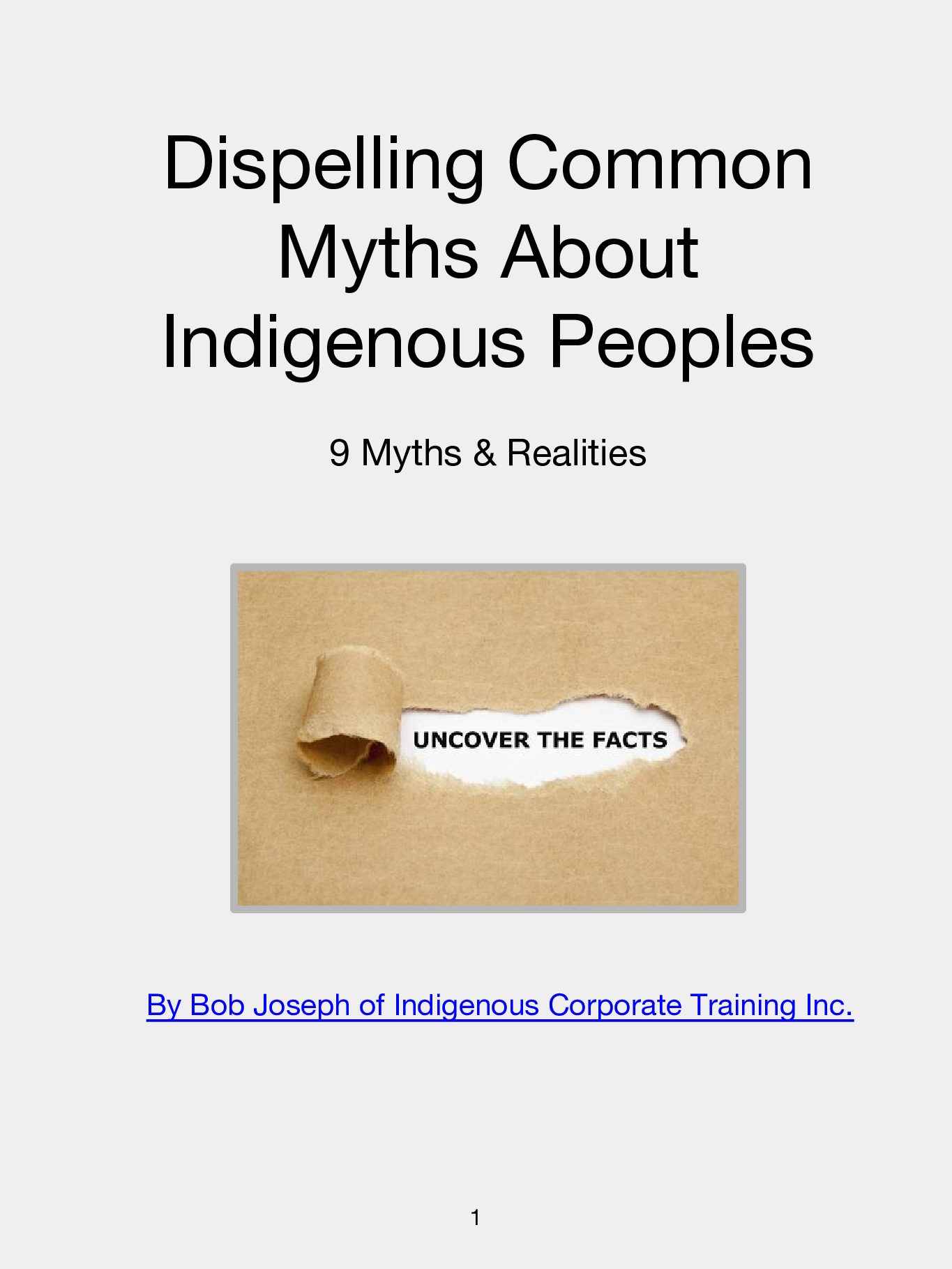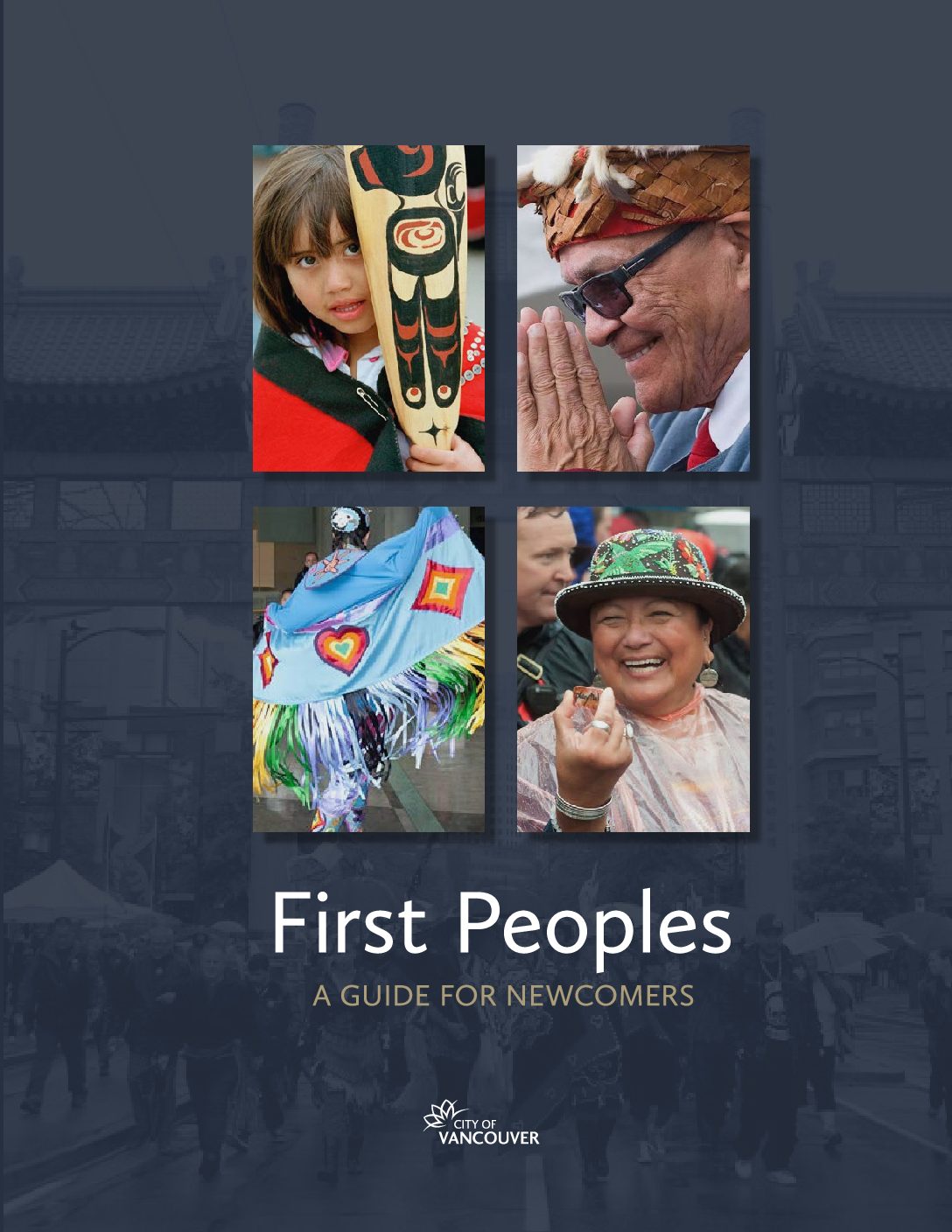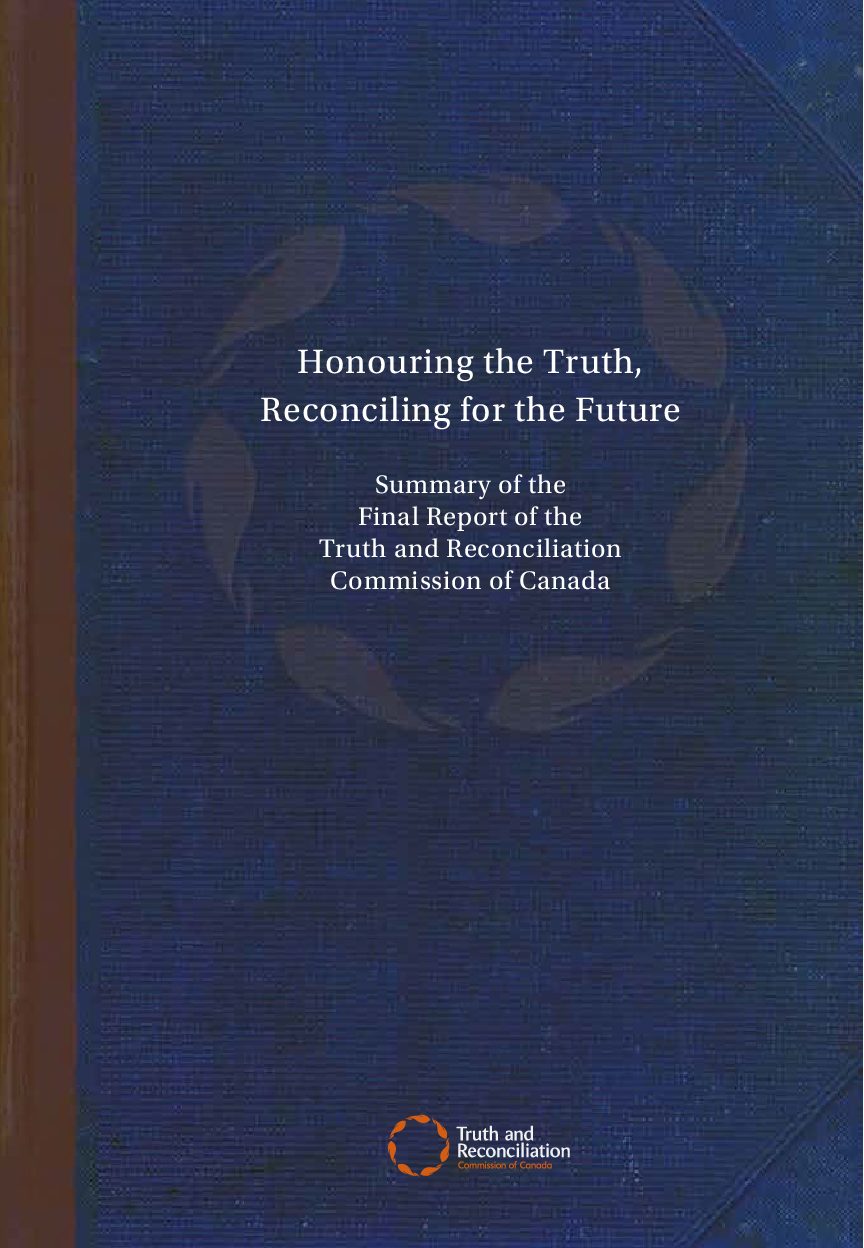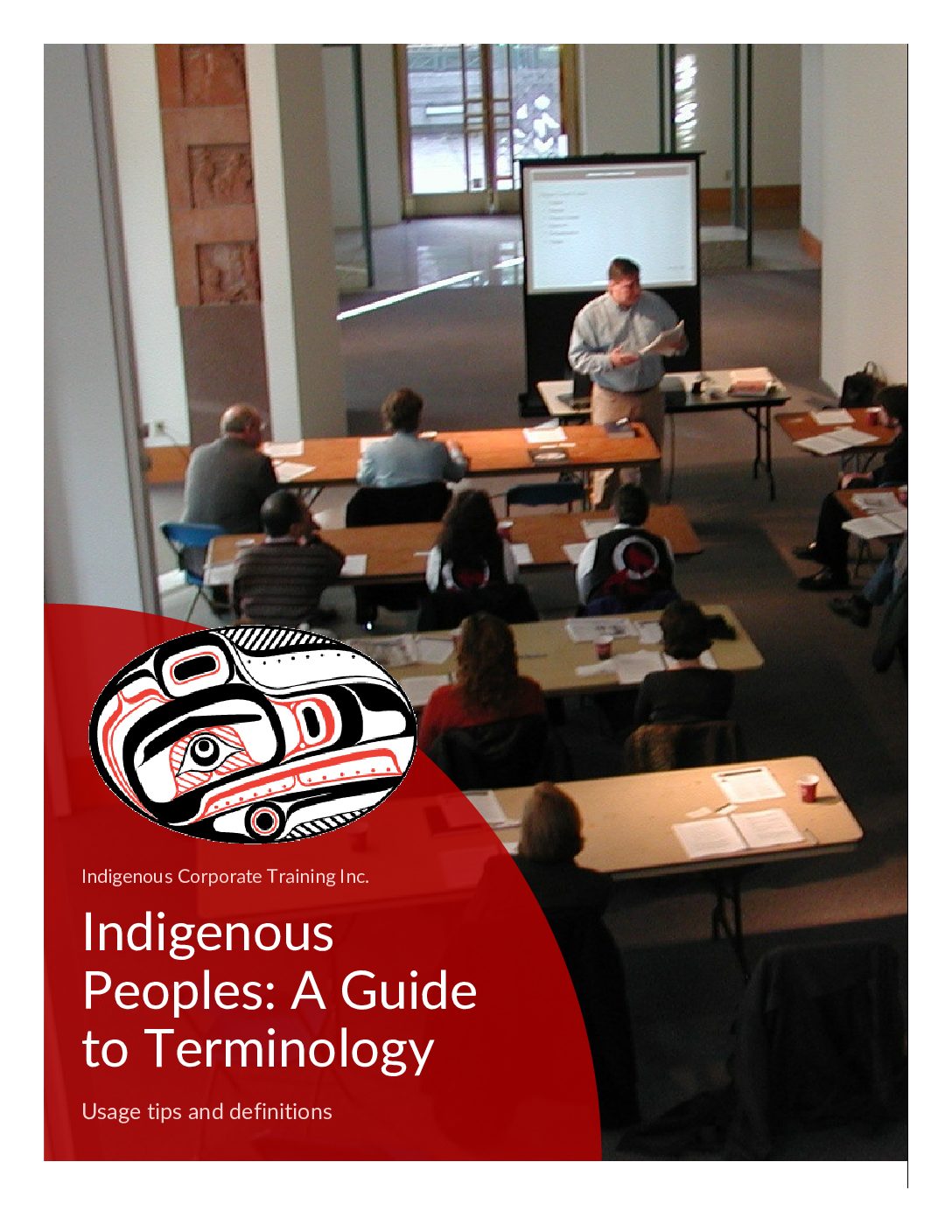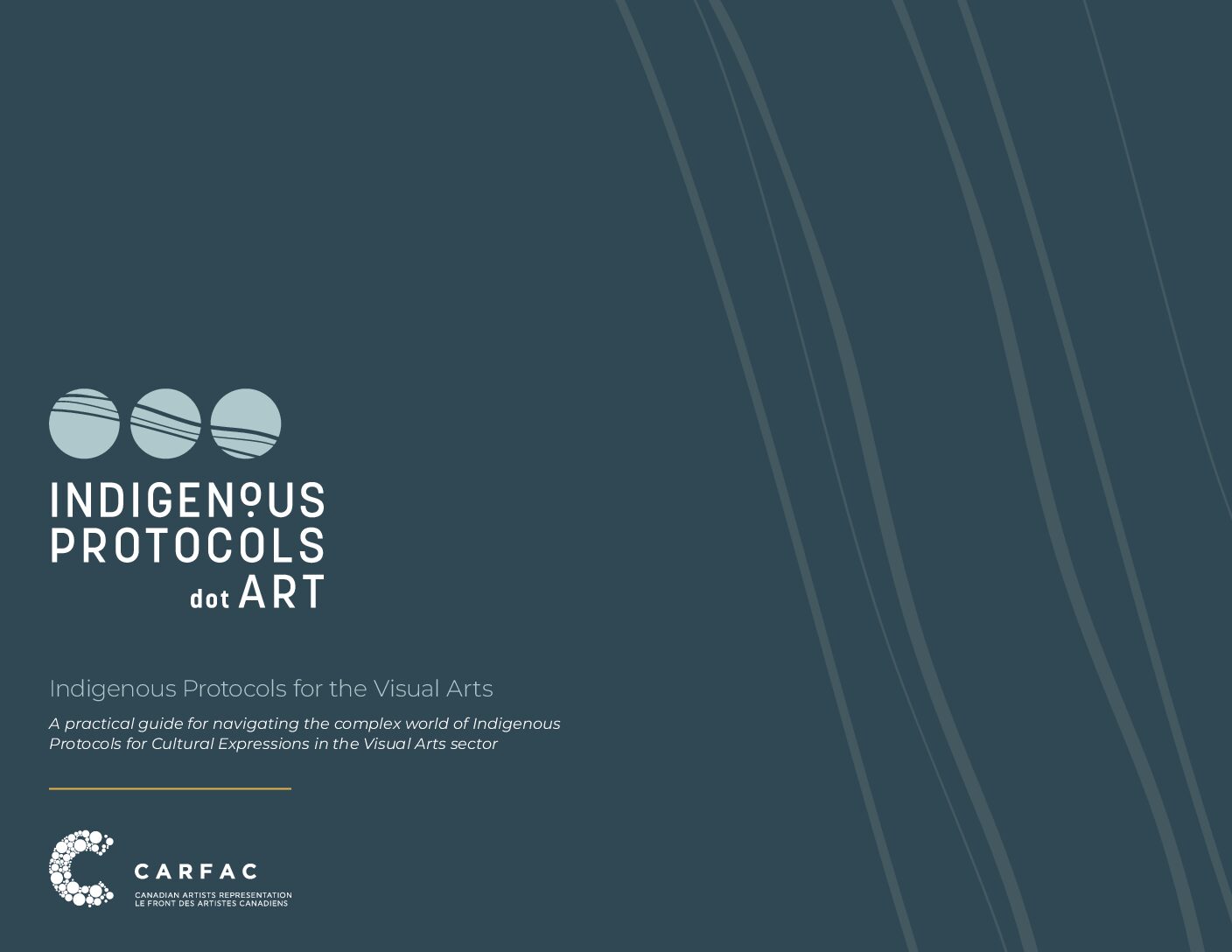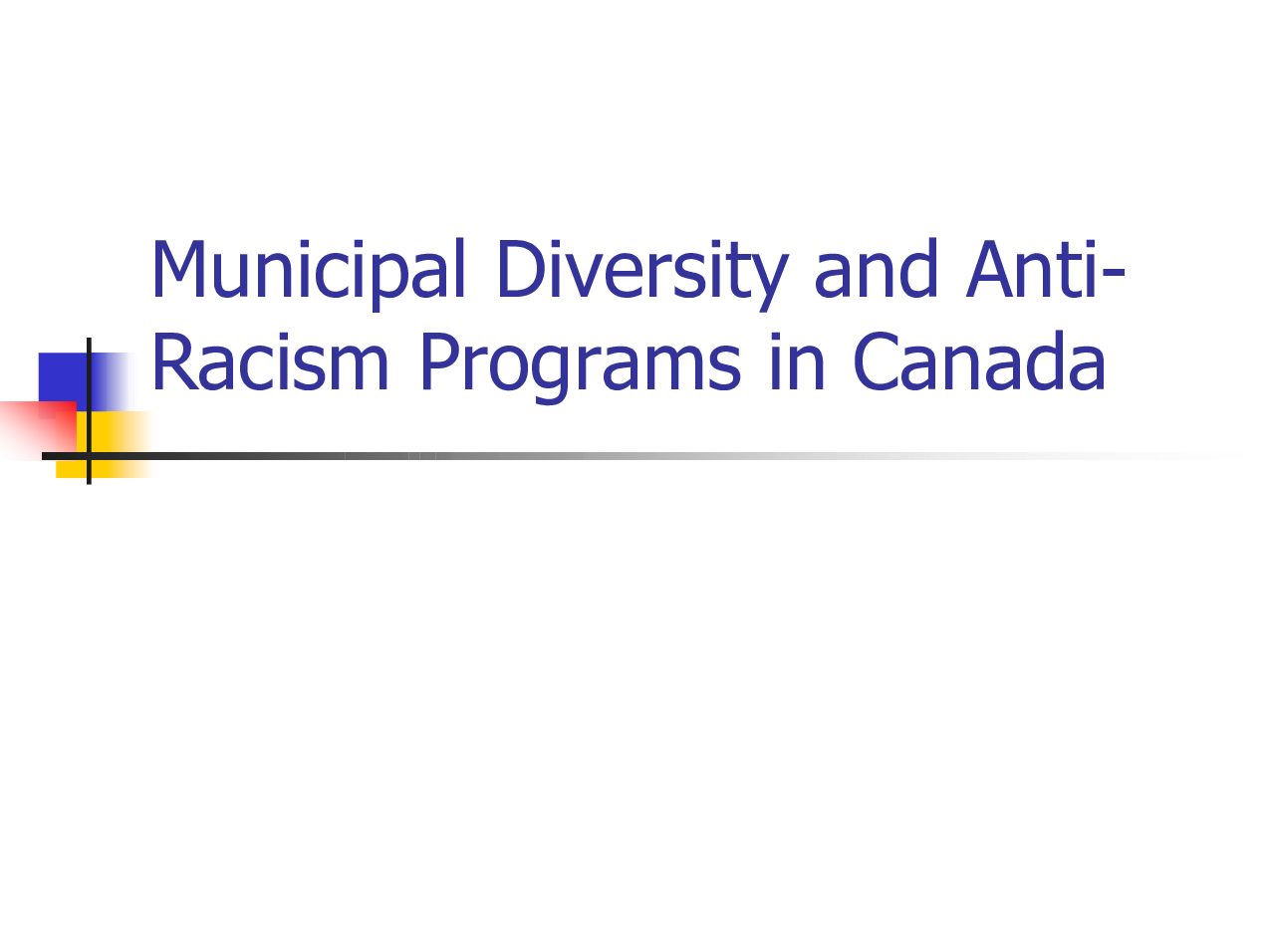-
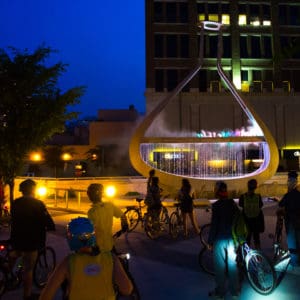
1000 Conversations Across Canada on Reconciliation
Need help starting your conversation? Here are some conversation starters…
-
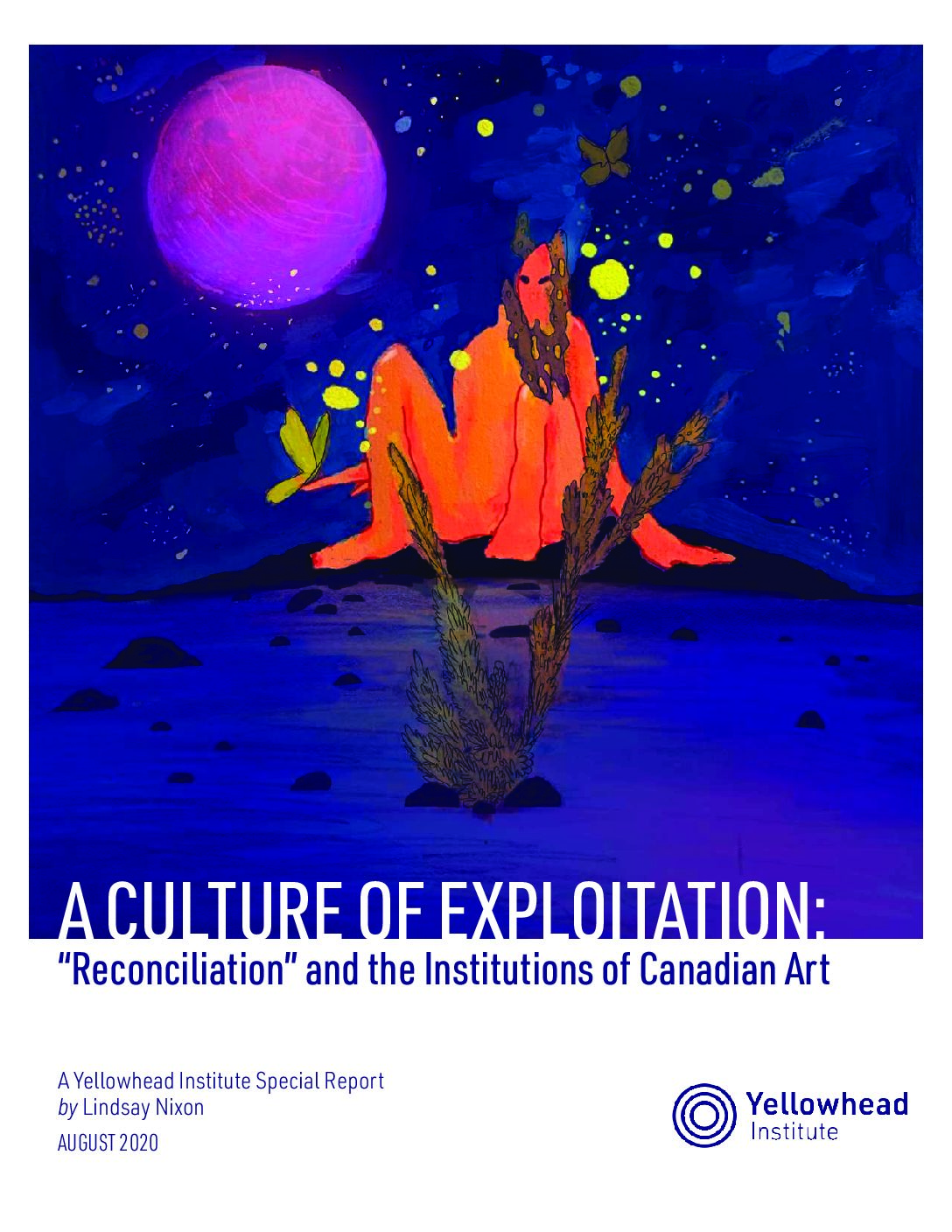
A Culture of Exploitation: “Reconciliation” and the Institutions of Canadian Art (Newly Added)
The relationship between Canadian cultural institutions (art galleries, museums, funding agencies, collections, etc.) and Indigenous peoples has always been a contentious one. The theft of Indigenous bodies and objects by these institutions is an ongoing feature of colonialism in Canada and even as Indigenous art broke into mainstream Canadian consciousness, the relationship was beset by tokenism and inequality. It was only during a period of activism that culminated in 2017, did these institutions begin to express a commitment to reconciliation.
And initially, the results of the “reconciliation year ” were positive with increased representation and support. However, since then and in the midst of a pandemic, those commitments have begun to evaporate. This Special Report considers themes in the historic relationship between Indigenous people in the Institutions of Canadian art and culture to contextual a series of interviews conducted with cultural workers during the COVID-19 pandemic, and which reveal a renewed exploitation of their labour and their works. Finally, the Report offers 15 Standards of Achievement that can serve as a guide for institutions and governments to begin reversing this exploitation and renewing the relationship. -
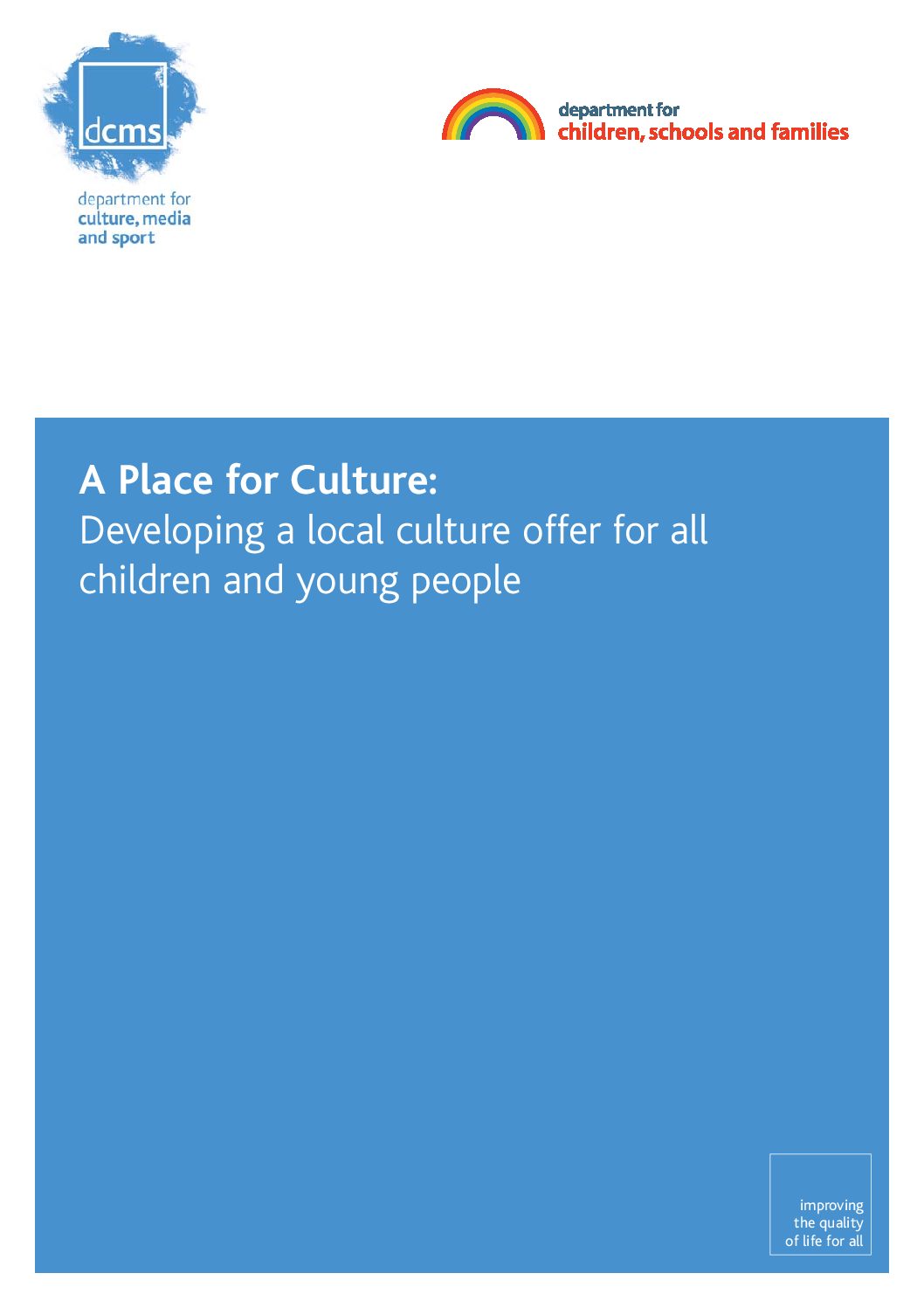
A Place for Culture: Developing a local culture offer for all children and young people – 112KB (2010)
This document sets out a vision that all children, no matter where they live or what their background, should have the opportunity to enjoy high-quality cultural experiences in and out of school.
-
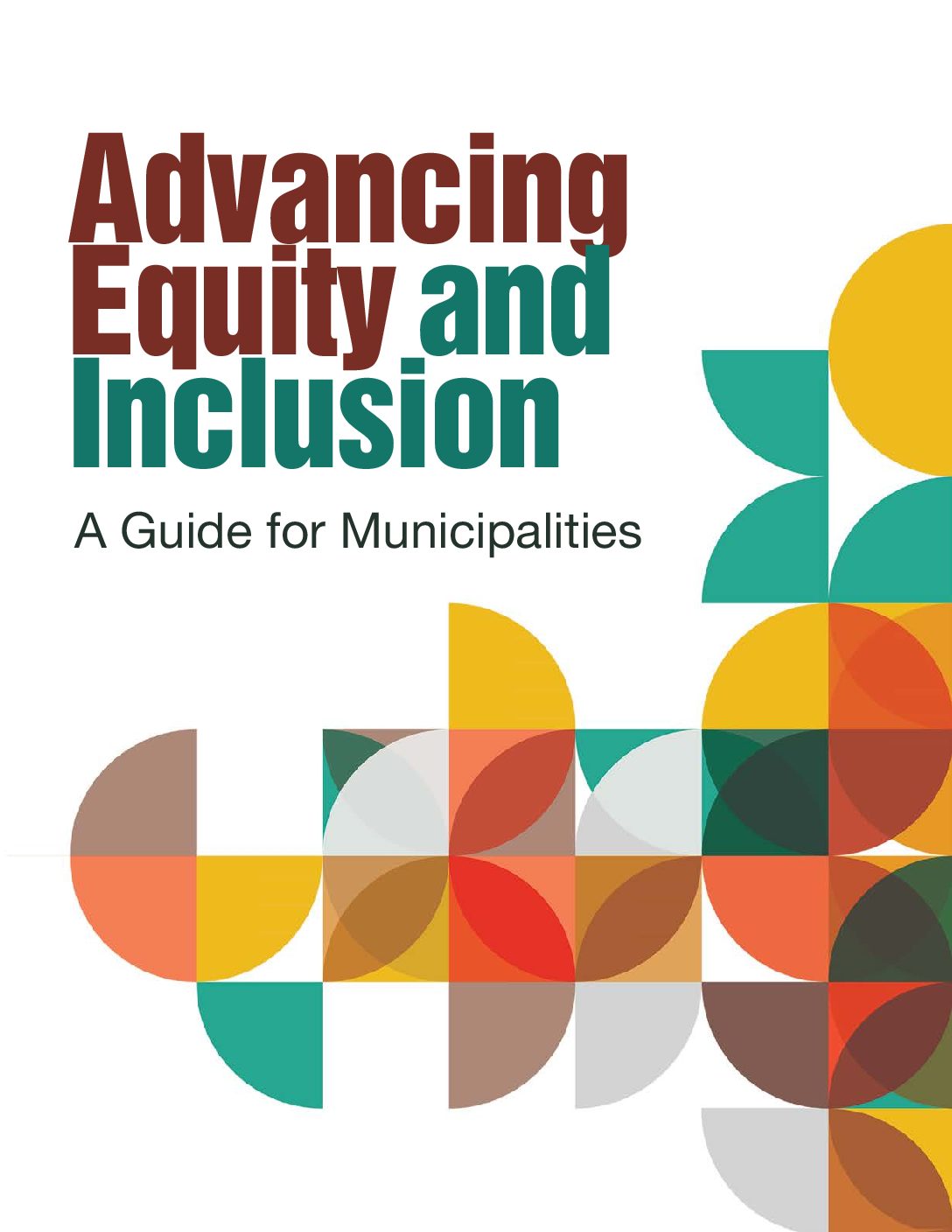
Advancing Equity and Inclusion, a Guide for Municipalities (Newly Added)
Every municipality is unique, so there are many critical paths to advance equity and inclusion. City for All Women Initiative (CAWI) and its partners believe that when a municipality works for those who are most at risk of exclusion, including women and girls from a diversity of backgrounds, they work for everyone.
-
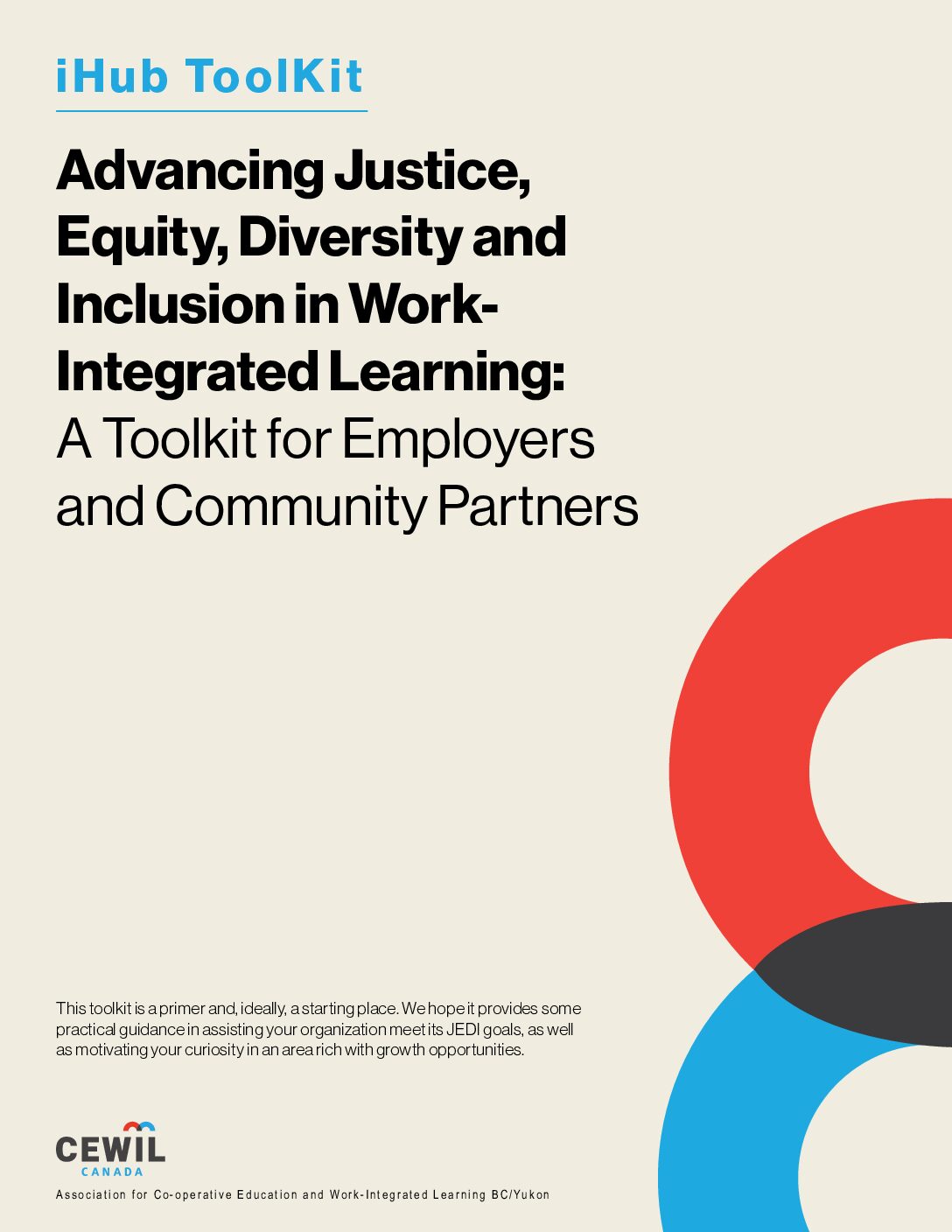
Advancing Justice, Equity, Diversity and Inclusion in Work- Integrated Learning: A Toolkit for Employers and Community Partners
This toolkit is intended to both amplify the voices of Work-Integrated Learning (WIL) students who experience marginalization, and to provide employers and community partners with actionable strategies for advancing justice, equity, diversity, and inclusion (JEDI). Following the introduction, the document is organized into two main sections: “What Students Told Us” and “What You Can Do.” A separate List of Resources and Glossary of Terms is also provided to support you in meeting your organization’s JEDI goals.
-
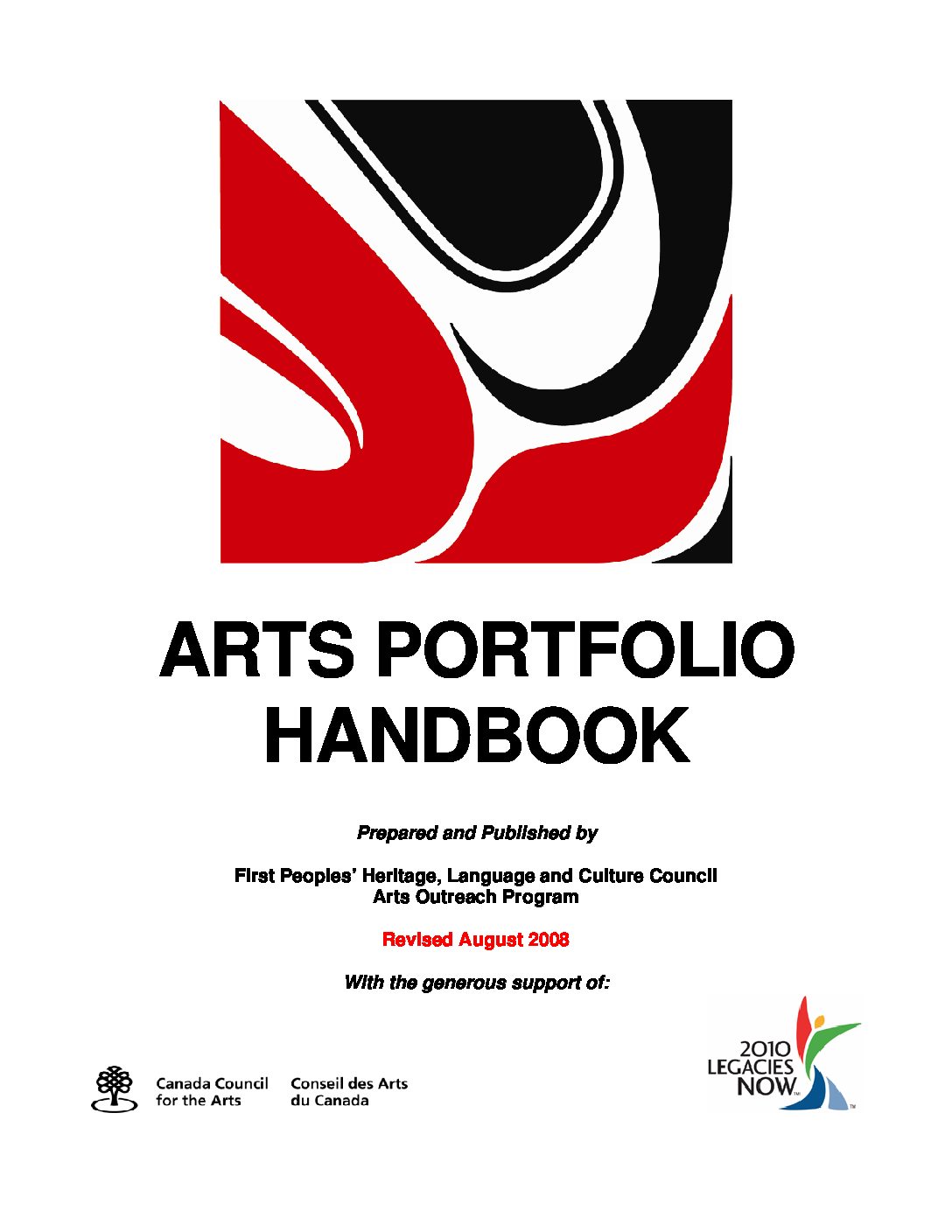
Arts Portfolio Handbook (Newly Added)
This handbook has been designed to provide you with some basic tips and templates to get your arts portfolio started. Through reading this handbook, you will be introduced to several key components that come together to form an arts portfolio package. If you are an individual artist, you will find guidance on how to write an artist’s biography, as well as an artist’s statement and artist’s resume/CV (curriculum vitae). You will also receive tips on how to bring together photo, video or audio samples of your work. If you are a member of an arts organization, group or collective, this handbook will offer you useful information about documenting the history of your organization, as well as clarifying key intentions that motivate you as a group.
-
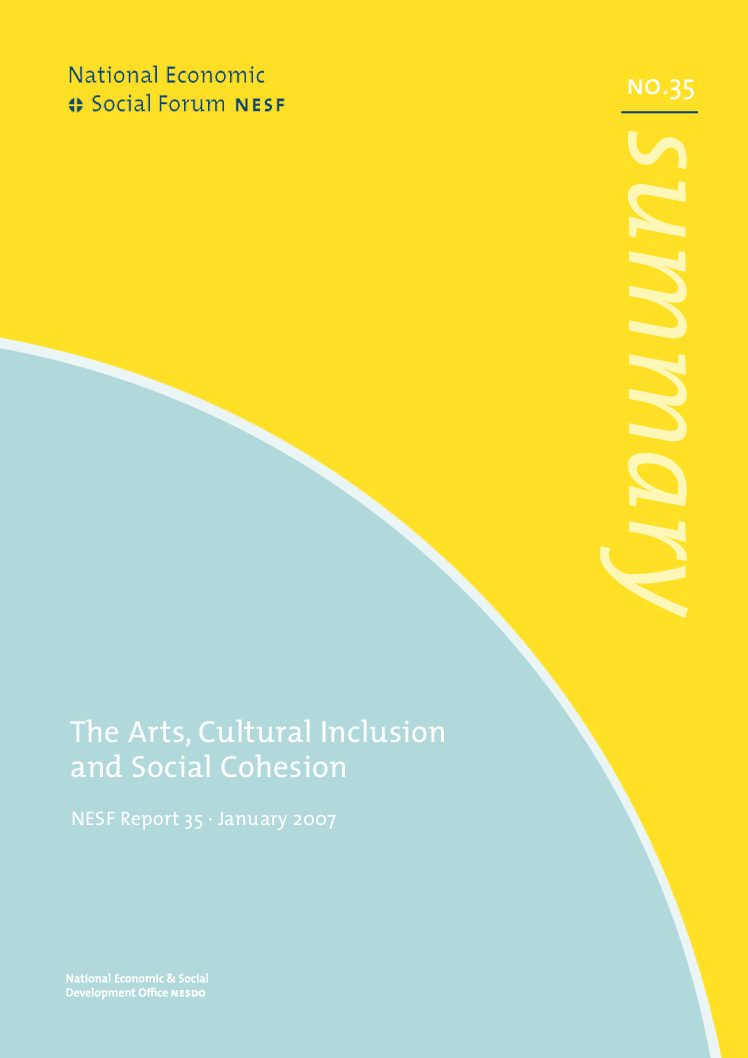
Arts, Cultural Inclusion and Social Cohesion (The): NESF Report 35 (Summary) – 248KB (2007)
The National Economic and Social Forum (NESF) is a social partnership organisation which advises the Government on policies to achieve greater equality and social inclusion. This leaflet summarises its 35th report, The Arts, Cultural Inclusion and Social Cohesion, which looks at ways to encourage greater access to and participation in the arts by everybody.
-
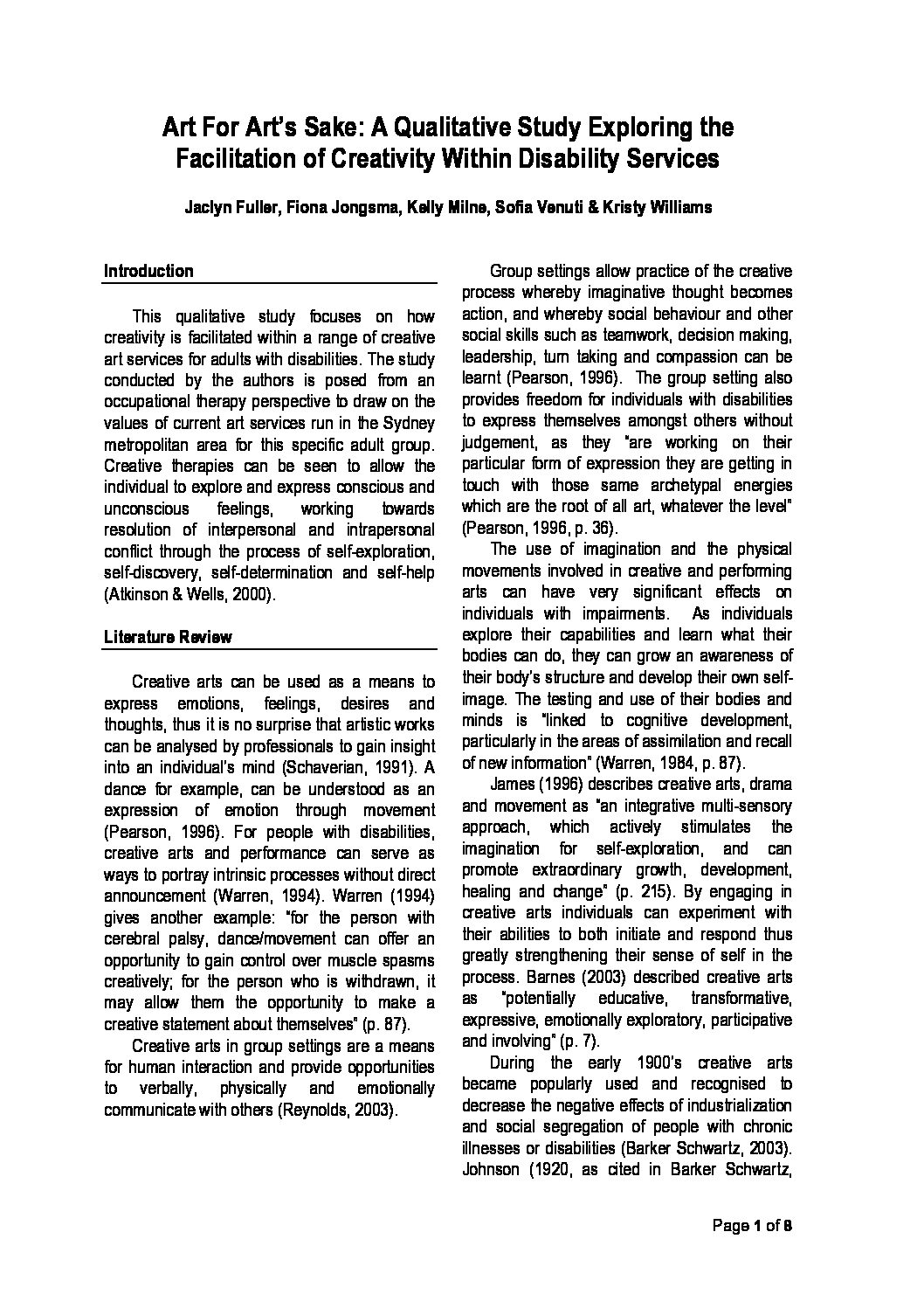
Australia: Art for Art’s Sake: A Qualitative Study Exploring the Facilitation of Creativity within Disability Services – 242KB (2009)
This qualitative study focuses on how creativity is facilitated within a range of creative art services for adults with disabilities. The study conducted by the authors is posed from an occupational therapy perspective to draw on the values of current art services run in the Sydney metropolitan area for this specific adult group. Creative therapies can be seen to allow the individual to explore and express conscious and unconscious feelings, working towards resolution of interpersonal and intrapersonal conflict through the process of self-exploration, self-discovery, self-determination and self-help
-
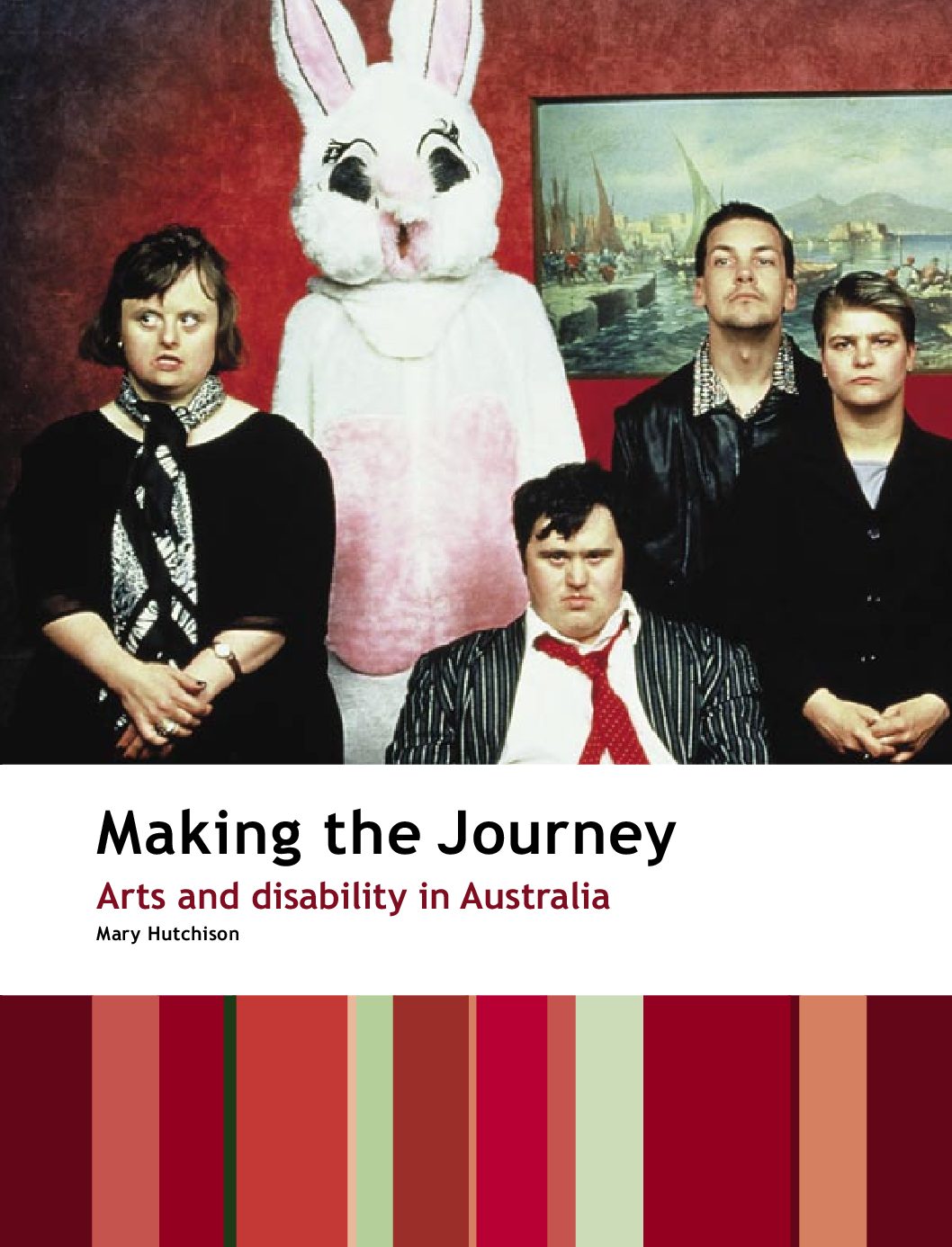
Australia: Making the Journey: Arts and disability in Australia – 2722KB (2005)
The publication Making the Journey highlights the abilities and creativity of highly talented and committed artists and performers with disability.
-
Dispelling Common Myths About Indigenous Peoples
“The definition of “myth”, according to the Oxford Canadian dictionary, is “a widely held but false notion”. Well, there are many widely held but false notions or myths regarding the perceived special privileges Indigenous Peoples in Canada receive from the federal government. In this ebook we take a look at some of the common ones and then provide
a snapshot of the reality for Indigenous Peoples.” -
First Peoples: A Guide for Newcomers
First Peoples: A Guide for Newcomers aims to fill the need for clear information in simple language about the First Peoples in Vancouver. It introduces newcomers to three important topics: who are Aboriginal people (or First Peoples) in Vancouver and Canada; a brief overview of the relationship between the Government of Canada and First Peoples; and current initiatives and ways for newcomers to learn more about Aboriginal people in the community.
-
Honouring the Truth, Reconciling for the Future: Summary of the Final Report of the Truth and Reconciliation Commission of Canada (Newly Added)
Canada’s residential school system for Aboriginal children was an education system in name only for much of its existence. These residential schools were created for the purpose of separating Aboriginal children from their families, in order to minimize and weaken family ties and cultural linkages, and to indoctrinate children into a new culture—the culture of the legally dominant Euro-Christian Canadian society, led by Canada’s first prime minister, Sir John A. Macdonald.
-
Indigenous Peoples: A Guide to Terminology
This ebook from Indigenous Corporate Training Inc. provides “some perspective on historical, political and community terminology, plus some definitions of common terms as well as tips regarding usage.”
-
Indigenous Protocols for the Visual Arts
A practical guide for navigating the complex world of Indigenous Protocols for Cultural Expressions in the Visual Arts sector. This resource guide has been developed by Canadian Artists’ Representation / Le Front des artistes canadiens (CARFAC) and consultant Lou-ann Neel under the guidance of an Indigenous Advisory Circle.
The purpose of this resource guide is to provide practical guidelines for respectful engagement with Indigenous Peoples.1 It is part of an ongoing initiative to strengthen respect for First Nations, Inuit, and Métis visual art and artists, and legal and moral rights in the lands commonly known as Canada.
-
Municipal Diversity & Anti-Racism Programs in Canada
Presentation Handout in PDF format based on the Laurier Institution’s report: key findings.
“This report provides an overview of diversity and anti-racism programs in Canadian municipalities, identifies some of the major benefits of these programs, and describes some of the more innovative features of programs in five moderately sized municipalities across Canada.
The research for this report included a literature review, a web search of 50 Canadian municipalities, postings on two web networks (Muniscope and the Creative Cities Network), and telephone and email interviews with administrative and program staff from 5 municipalities across Canada.
This report, and the PowerPoint presentation designed to accompany it, was contracted by the British Columbia Ministry of Community, Aboriginal and Women’s Services, Settlement and Multiculturalism Branch. “ -
Neighbourhood Arts Network, Arts and Equity Toolkit (Newly Added)
The Arts & Equity Project is designed to provide artists and community groups with the tools that they need to reduce the barriers to community participation in the arts, as well as provide a framework for effective collaboration between artists, arts organizations and their growing audiences. In short: this tool kit is a comprehensive document, designed to help our art makers become more effective as they play a key role in building Toronto through the arts.

